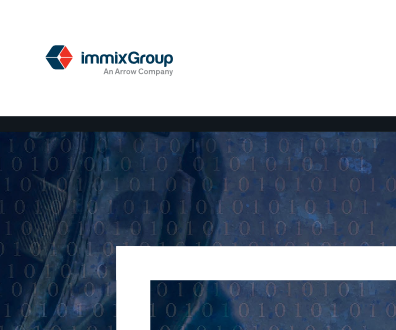
Silicon Valley at sunset. Shutterstock
The Pentagon Is Dodging the Real Issue on Innovation
Instead of creating another set-aside program for high-tech companies, it needs to create a more innovation-friendly acquisition system.
The Defense Department is asking Congress for special authority to buy products and services from “innovative” businesses that have done little or no business with the government. If that sounds familiar, it should; the President's 2017 budget request contains a very similar proposal. Like that earlier proposal, the Pentagon’s request generates a few reactions.
First, give the department credit for recognizing, after repeated visits to Silicon Valley, Boston and elsewhere, that it has a problem. Because of scores of unique requirements designed mostly for yesterday's market and the generally plodding nature of the acquisition system, many commercial tech companies aren’t all that excited about working with the government. This isn’t anything new—it’s a drum many of us have been beating for years. And the department asked more than a year ago for input on non-value-added, government-unique process and compliance requirements it should do away with. Thus far, there’s been no action on dozens of recommendations that were made.
Beyond that, however, real questions arise as to whether the proposal itself makes sense—whether it is wise to create yet another set-aside under which limited or no competition would be allowed. Sure, there are innovative companies that do not do business with the government today that might find such a program at least palatable. But that alone does not make the proposal a good, idea.
The fact is numerous authorities already exist that enable the government to achieve much the same goal, including a wide array of set-asides for small businesses and disadvantaged communities. More broadly, more than 20 years ago new authorities were created for the acquisition of commercial items and services in an effort to break down what was then a similar set of barriers between the government and most of the commercial world. Without it the government would almost certainly not have gained its currently extensive access to companies like Amazon, Microsoft, IBM, Google, Salesforce and others.
Additionally, there is what is known as "Other Transactions Authority" (OTA), under which the government can strike virtually any kind of contractual relationship it deems appropriate with a company bringing a new, innovative developmental capability to the government. However, under OTA, once a new capability is ready for final development and production it is typically rolled under the traditional acquisition regime—which limits the program’s effectiveness and appeal (an issue Congress sought to address in last year’s defense bill). Then there is the Small Business Innovative Research program (SBIR) which, although heavily structured and somewhat limited, is a useful tool for transitioning new technologies to production and which allows important flexibility in key areas, like the ownership of intellectual property—a critical concern for any commercial company, start up or not.
There are other important questions. How is one to define “innovation” for the purposes of qualifying a company for the set-aside? What about companies that have terrific capabilities that best fit as part of a larger solution and thus most logically will come to the federal market as a sub-contractor or other non-prime status (as is frequently the case with OTAs)? Why create a set-aside solely for new entries, when there is almost certainly substantial untapped innovation among companies already in the federal market, many of which are making significant investments in very forward-leaning capabilities? Why continue to inhibit their ability to bring those capabilities forward?
In other words, the problem is not that the government doesn’t have most, if not all, of the authority it needs. The problem is that the application of those authorities has never been what it should or could be. Worse, they have significantly regressed in recent years and now suffer from a steady growth of the very government-unique audit and other compliance requirements that they were designed to overcome. The defense department even tried twice in recent years to convince Congress to dilute the authorities for acquiring commercial items or services.
Put another way, the problem is that the government all too frequently continues to view the relevant issues through a monopsony buyer’s lens of pricing, compliance and audit access. But as the department’s rationale for the new set-aside proposal once again illustrates, the government is, in fact, no longer the sole, or even primary, buyer or progenitor of the very types of new technologies it seeks. Therefore, rather than creating yet another “special class” of providers, the goal should be to refocus the lens to reflect the market of today and tomorrow; to enable access for all to an acquisition system that is innovation-friendly to all. Then we can let the competitive chips fall where they may. To do any less is to dodge the real, core issues.







